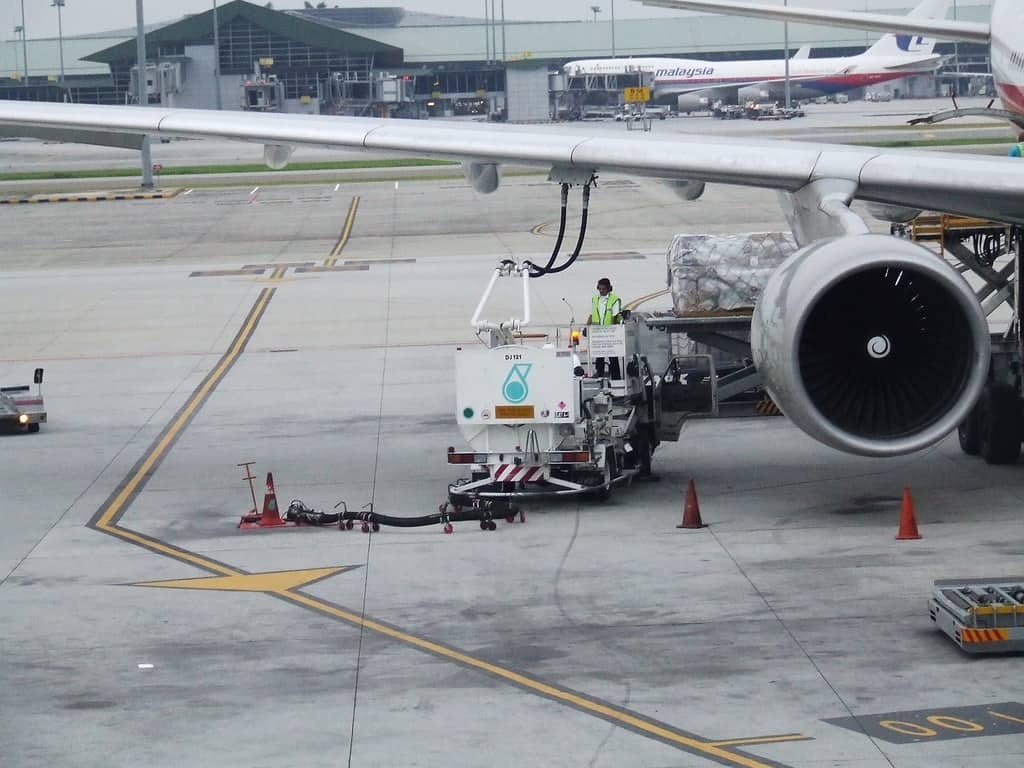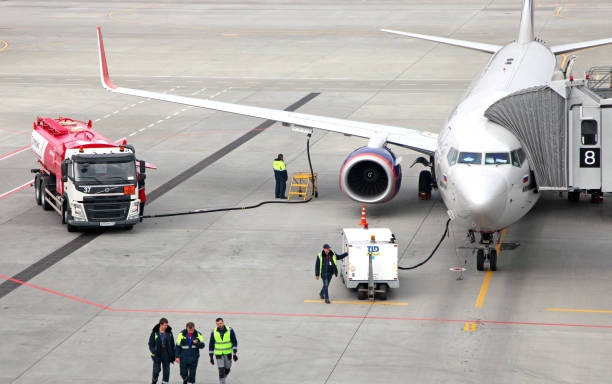Share @

The main reason is to balance weight because fuel is one of the heaviest components of an aircraft. On some long-haul flights, the fuel can account for as much as a third of the aircraft’s gross weight. Storing this extra weight in the fuselage would reduce available cargo space and increase the strain and stress on the aircraft structure.
By loading the fuel into the wings, a significant portion of the weight is brought directly to the source of lift, which reduces the pressure on the wings in flight and spreads the load more evenly across the airframe . Storing fuel in the wings also allows for gravity feeding, which means that the fuel can flow to the engines without relying on pumps in case of a fault.

Another reason is to counter stress because fuel tanks in the wings, especially when full, provide strength and stability to the aircraft during takeoff. The full tanks increase the rigidity of the wings and spread the total takeoff weight more evenly across the aircraft . This helps to keep the wingtips down and level to balance the disproportionally heavy fuselage as the aircraft speeds down the runway.
And also is to reduce wing flutter. Wing flutter is a phenomenon where the wings vibrate due to aerodynamic forces. This can cause damage or even failure of the wing structure if not controlled properly.
Storing fuel in the wings of the aircraft is a smart and efficient way to use space, balance weight, counter stress and reduce wing flutter. It also has cost savings for manufacturers and airlines, as it eliminates the need for heavy tanks or bladders that need regular maintenance and limit payload capacity.





